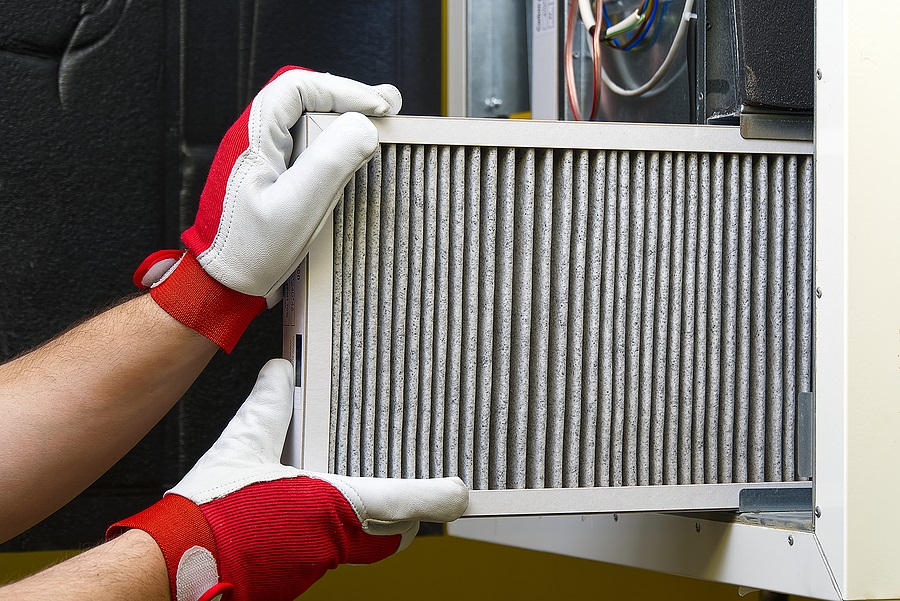As our gardens are waking up for spring, most people start opening up their houses and doing some spring maintenance chores. You shouldn’t forget your HVAC systems as part of your to-do list. Taking care of your plumbing, heating and air conditioning keeps these important systems running efficiently.
While there are some tasks that should be saved for a professional service company, there are several tasks that you can easily perform on your own to prolong the life of your systems. Take a look at our Spring Maintenance Checklist below for an overview of the types of things you can do to help take care of your equipment, as well as those items that should be completed by a qualified technician.

Take a look at all you plumbing fixtures, faucets, and connections for any leaks. Check your toilets for any leaks in the bowl and tank. A leak can cause major building damage behind the scenes, and fixing small leaks early can save on a big repair in the future.
When a water heater goes, it can be disastrous, pumping hundreds of gallons into your home very quickly! Make sure your water heater is set no higher than 120 degrees. Additionally, for safety reasons, move any items around the water heater away from the unit. If your water heater is more than 12 years old, start having it professionally inspected to make sure it is in good operating order, and start planning its replacement.
Over time, the air filters in your heating and cooling systems will accumulate dirt and debris. Eventually they become clogged up, reducing airflow and efficiency. When this happens, the unit must work harder to keep the temperature in your home comfortable. You will pay more in utility bills with clogged filters. When filters are replaced, you will save money on energy costs and your indoor air quality will improve. The spring is a perfect time to replace all the various air filters in your home so that you start a new season off with clean fresh air inside!
If you aren’t sure how to replace your air filters, a professional technician can show you how during a maintenance or tune-up appointment.
Just think about all the dust, pet hair, and other debris that flies around our houses as we go about daily activities. Make wiping down your heating vents and registers part of your spring cleaning routine so you aren’t making your indoor air quality poor.
During warmer months, switch the direction of your ceiling fan blades so that they spin counterclockwise. When your ceiling fan turns in this direction, it pushes air down and creates a cool breeze. This helps keep a room’s temperature consistent throughout the day, cooling a room by as much as 10-degrees.
Also be sure to wipe down the blades on your ceiling fans when you change it over for summer.
If you still don’t have a programmable thermostat, now is a perfect time to get one. When you program your thermostat to a set temperature for 8 hours a day, you can save up to 10% on your heating and cooling bills in a year. While you can always set your thermostat manually, the ability to program your thermostat will keep the temperature more comfortable throughout the day.
Winter winds and storms tend to cause debris and dirt to gather around outside HVAC units. You should never let debris, dirt, and leaves clump around exterior equipment as they can clog the unit and even damage it. The coils need to be cleaned, and all debris should be removed from around any units. Be sure to keep an eye out for any rodents that may have decided to build a nest in or around condenser units.
You can clean around the outside of your units by yourself, but don’t open them up on your own. Any cleaning or spring maintenance of the inside of your unit should only be completed by a professional.
If you have central air conditioning or a heat pump, schedule a professional inspection and cleaning so your unit is ready for summer heat waves.